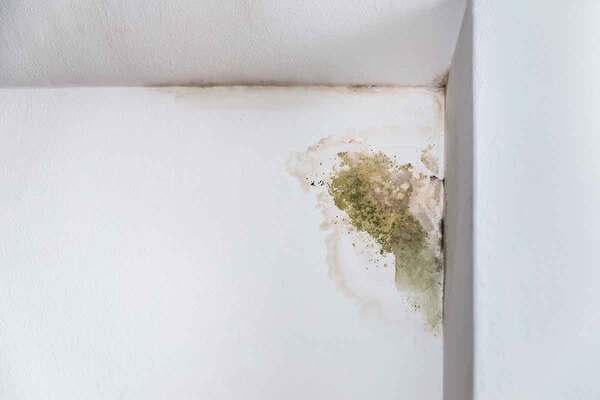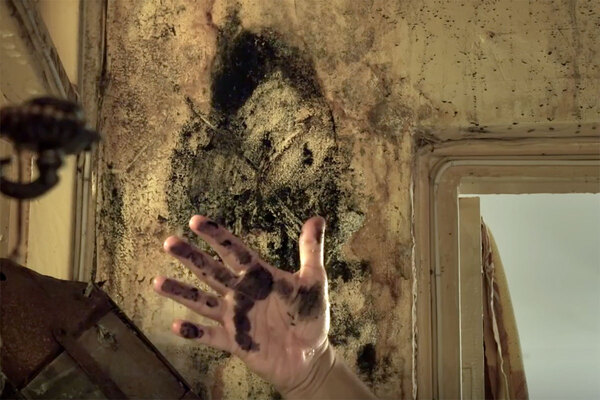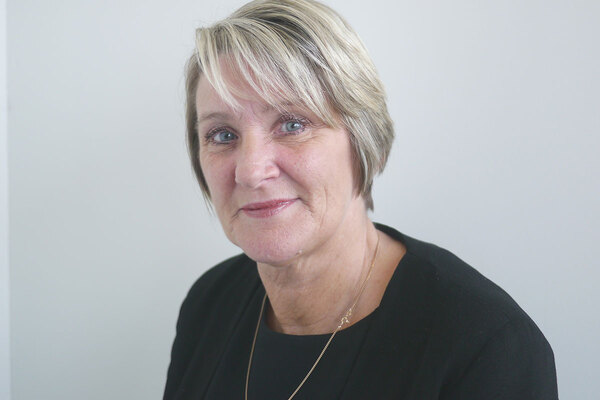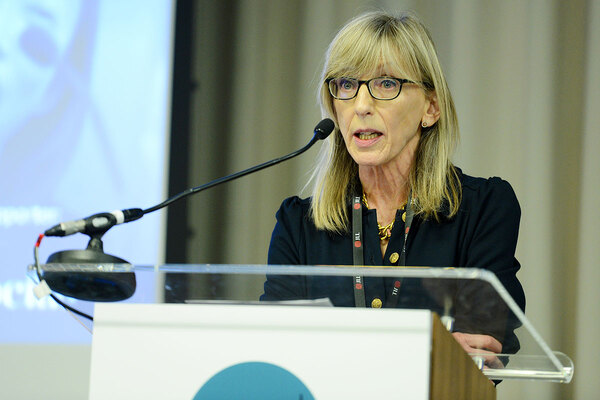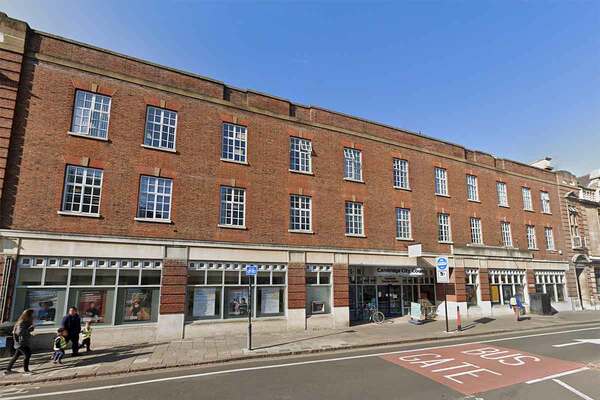You are viewing 1 of your 1 free articles
Damp and mould to be ‘key focus’ in consumer regulation, as RSH estimates 6% of stock affected
Damp and mould will form a “key focus” of the sector’s new consumer regulatory regime, the English regulator has said, as it publishes the initial findings of its evidence request from social housing providers.
Estimates released today by the Regulator of Social Housing (RSH) suggest that up to 6.2 per cent of the more-than four million social housing homes held by large providers have damp and mould.
This means that up to 248,000 social homes in England could be affected.
The estimates suggest that three to four per cent (up to 160,000 homes) of the circa four million homes held by the large social housing providers required to give evidence to the regulator have at least ‘notable’ damp and mould.
Meanwhile a further one to two per cent (up to 80,000 homes) have ‘serious’ damp and mould, classed as a ‘Category 2’ hazard by the housing health and safety rating system (HHSRS). Meanwhile, a portion of homes somewhere below 0.2 per cent (up to 8,000 homes) are estimated to have the most serious ‘Category 1’ issues. These cases would fail the Decent Homes Standard.
The regulator emphasised: “These are not acceptable conditions for tenants to be living in, even if the proportions are relatively small.”
The analysis also found that local authorities reported proportionately more cases than private registered providers.
Following the coroner’s November 2022 report into the tragic death of Awaab Ishak in Rochdale, the RSH told all larger registered social landlords, including local authorities, to submit evidence to show they have the systems to identify and tackle damp and mould.
In its report based on the initial findings, published today, the RSH said that “the vast majority” of people living in social housing have homes that are largely free from damp and mould.
It added that living with damp and mould can have a serious impact on tenants’ health and well-being, and it is essential that providers identify and address these issues promptly and effectively.
Going forward
The regulator said that it will expect all registered providers to make improvements to how they protect tenants from the potential harm that damp and mould can cause.
The RSH said that where providers either reported a high prevalence of serious damp and mould or supplied poor-quality information, it will now ask them to provide “further, specific assurance” that they are identifying and addressing damp and mould cases.
The regulator said that if it then identifies any providers that have not met its standards, it will take regulatory action in line with its usual processes, including publishing regulatory notices or regulatory judgements where appropriate.
The RSH said it will continue to carry out a further analysis of submissions and will engage directly with individual providers that have provided poor-quality information or reported a high prevalence of damp and mould.
It said this is to establish whether these social landlords are tackling the issue effectively.
The regulator said that it will introduce more active consumer regulation of social housing from April 2024. It added: “The quality of homes – including damp and mould – and repairs services will be a key focus and the evidence we have received will help inform our work.”
The Social Housing (Regulation) Bill is due to pass into its report stage and third reading on a date to be announced.
It aims to grant the RSH greater powers to protect residents, including plans for regular Ofsted-style inspections of housing associations’ stock and unlimited fines for poorly performing social landlords.
Last month, the regulator published its implementation plan for the new regulation, which includes recruiting additional staff.
Also in January, housing secretary Michael Gove said that he was aiming to add an amendment to the bill that could introduce deadlines for providers to act on damp and mould issues.
The RSH said: “Changes to legislation will enable us to do more active regulation of the quality of homes and services.
“We will look in more detail at how individual landlords are performing, and we expect providers to be asking themselves how they can improve – regulation should not be the only driver for change. For now, we are able to set out some initial findings from the evidence presented.”
Providers’ responses
The RSH said it found that most social landlords understand the extent of damp and mould in their tenants’ homes and take action to tackle it, but could strengthen their approach further.
Most providers’ responses showed that they are taking damp and mould seriously, identify and address cases of damp and mould in tenants’ homes and have made improvements in how they handle these cases over the past year.
The regulator said that it has seen strong responses from both local authority and private registered providers about tackling damp and mould successfully. It said these clearly explained their overall strategy and the processes they use to deal with individual cases.
The RSH said that common features of the best responses include comprehensive and regularly refreshed data on stock condition and types, repairs performance and hazards identified, case triaging, escalation routes and response time targets.
Identifying the root causes of damp and mould, reporting to and oversight from the board, and the use of specialist staff or contractors were also among the best responses.
Poorer responses relied more heavily on reactive approaches rather than proactively looking for evidence of damp and mould, and had weaker data and evidence about the condition of tenants’ homes.
The RSH said that providers with the best understanding of their homes are more likely to have provided accurate figures about damp and mould, while those that have a weaker understanding may have underestimated or overestimated the extent of these cases.
The regulator said its findings provide lessons for all social landlords, and “should prompt them to improve the way they identify and address damp and mould”.
It said that tenants who have damp and mould in their home should tell their landlord, and landlords should act promptly to address it and the underlying issue.
Fiona MacGregor, chief executive of the RSH, said: “Tenants deserve quality services and homes that are safe and of a decent standard.
“Where there are issues, landlords need to act now to put things right, before we start our active consumer regulation including inspections of providers.
“We expect all providers to continue to look at how they can improve the way they identify and address damp and mould.”
Update: at 4.34pm, 08.02.2023
The article and headline were updated following further clarification from the regulator regarding the percentages of homes affected. The article previously said that up to four per cent of homes could be affected – this has been amended to up to 6.2 per cent.
Sign up for Social Housing’s weekly news bulletin
Social Housing’s weekly news bulletin delivers the latest news and insight across finance and funding, regulation and governance, policy and strategy, straight to your inbox. Meanwhile, news alerts bring you the biggest stories as they land.
Already have an account? Click here to manage your newsletters.
RELATED


